In addition to the above-mentioned countries, Italy and the United Arab Emirates (UAE) are also included in the group of countries where people need to exercise extreme caution when traveling .
TTW said that although travel risks vary from country to country, in general, the group of countries mentioned above share a common pattern of concerns for tourists, including: increased violent crime, political instability, or threats of terrorism.
In Peru, the Government of Canada advises travelers to avoid certain areas of Sant Martin, Huanuco, Ucayali and Ayacucho, due to the presence of armed criminal groups and drug cartels in these areas.
The state of emergency in Lima and Callao (which will last until May 17) has also limited travel to Peru. In addition, spontaneous protests have threatened to disrupt many transportation routes to major tourist attractions such as Machu Picchu. Tour operators, travel agents, and insurance providers planning to take tourists to Peru are considering whether to temporarily suspend their activities.
On March 20, the UK Foreign, Commonwealth and Development Office (FCDO) also issued a warning to tourists visiting Peru. The reason is that the Peruvian government declared a 30-day state of emergency in the capital Lima and Callao due to the escalating number of violent crimes.
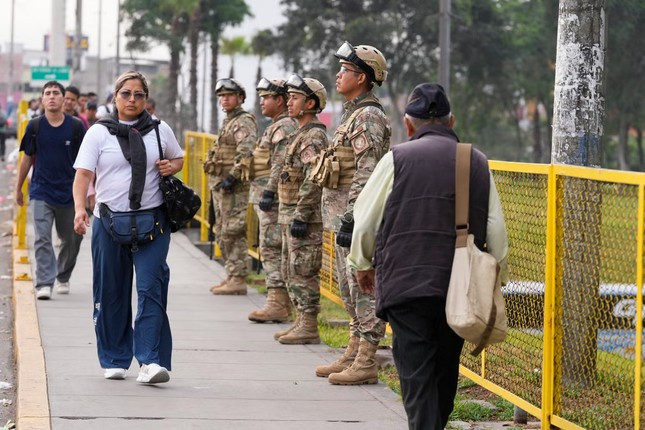
For Brazil, crime and violent conflict are also impacting tourism, especially in major hubs like Rio de Janeiro, Sao Paulo and Porto Velho – where recent violence has disrupted transport.
“While iconic landmarks like the Christ the Redeemer statue and Ipanema Beach continue to attract global visitors, group tours on cruise ships are down markedly in other areas,” TTW wrote.
Aside from Brazil, Mexico is also a top destination for Canadians. However, gang activity in states like Sinaloa, Guerrero and Michoacan has made visitors wary.
Tourists are advised to stick to major resorts and cities that are not covered by the travel warning. On the other hand, Mexican tourism experts say a campaign is needed to curb the rise in crime and that tour operators need to work closely with local authorities to ensure tourists can travel safely between destinations.

Italy's travel risk level is lower than the three countries mentioned above, but Canada advises travelers to still be cautious of petty theft, pickpocketing and scams in places like Rome, Florence, Venice and public transportation hubs.
In addition, the Italian tourism and accommodation industry is also preparing to face the situation of tourist overload. Therefore, first-time visitors to Italy should follow a tour of a reputable travel agency to ensure the best safety.
Despite its modern infrastructure and relative safety, the United Arab Emirates (UAE) remains on Canada’s travel warning list due to regional geopolitical tensions and the threat of terrorism. Drone and missile attacks on some densely populated areas have raised concerns among travelers.
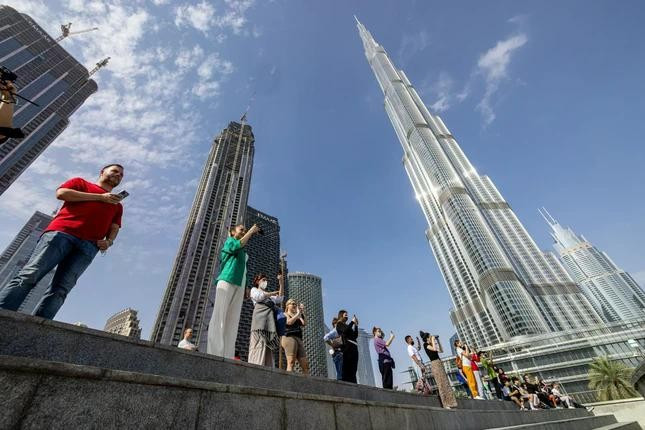
The UAE tourism industry, especially in Dubai and Abu Dhabi, must balance promoting growing tourist hubs with ensuring the safety of visitors once there.
As safety concerns increase in many areas, the Canadian and global tourism industry needs to be flexible, adaptable, balance visitor demand with safety, and be proactive in an increasingly complex global tourism landscape, the Daily Mail reported.
According to Kim Thao (TPO/Source: TTW)
Source: https://baogialai.com.vn/nhung-nuoc-khong-nen-du-lich-hien-nay-post320047.html



![[Photo] Prime Minister Pham Minh Chinh chairs a meeting on the implementation of the Lao Cai-Hanoi-Hai Phong railway project.](https://vphoto.vietnam.vn/thumb/1200x675/vietnam/resource/IMAGE/2025/5/20/0fa4c9864f63456ebc0eb504c09c7e26)



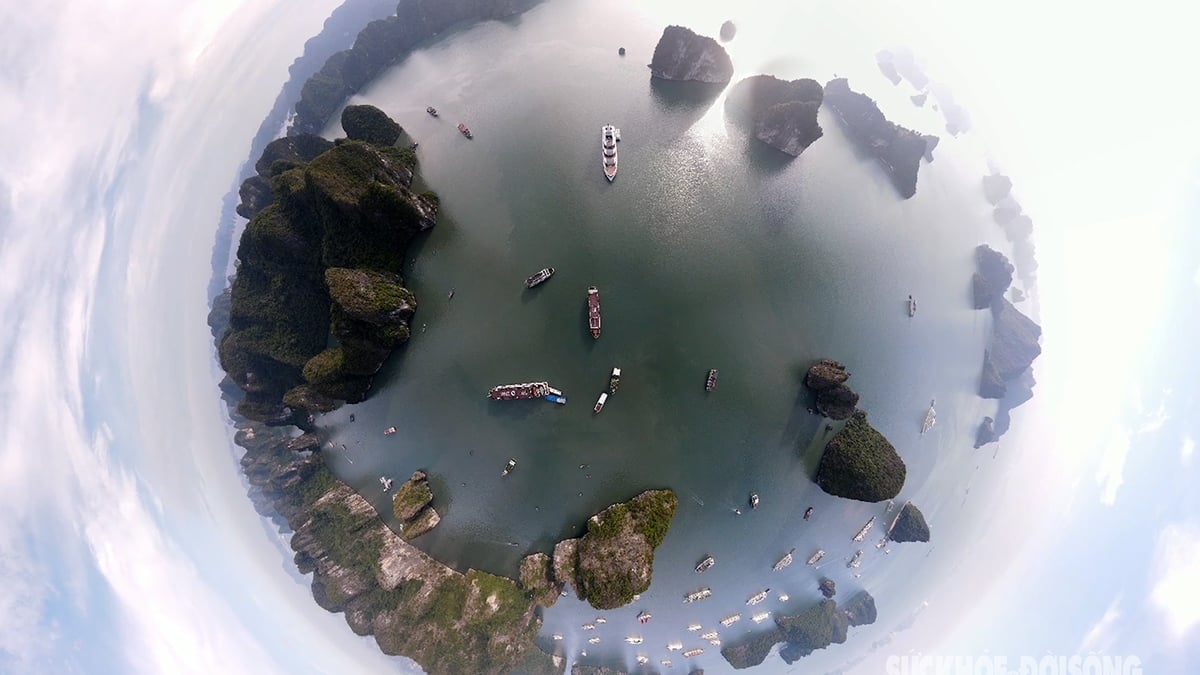




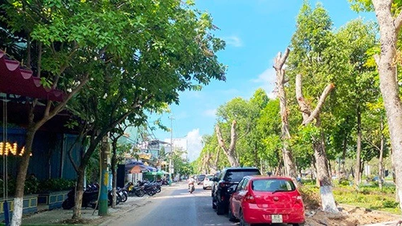












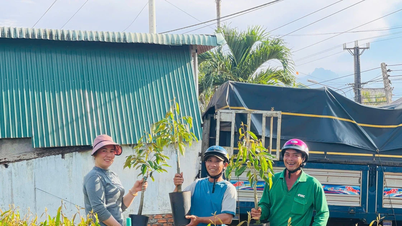





































































Comment (0)